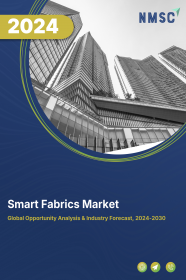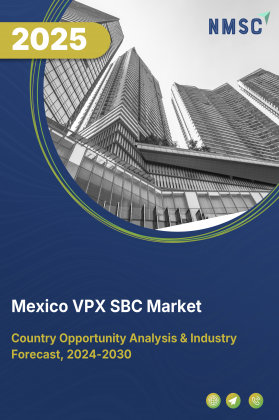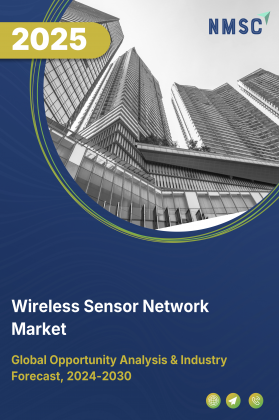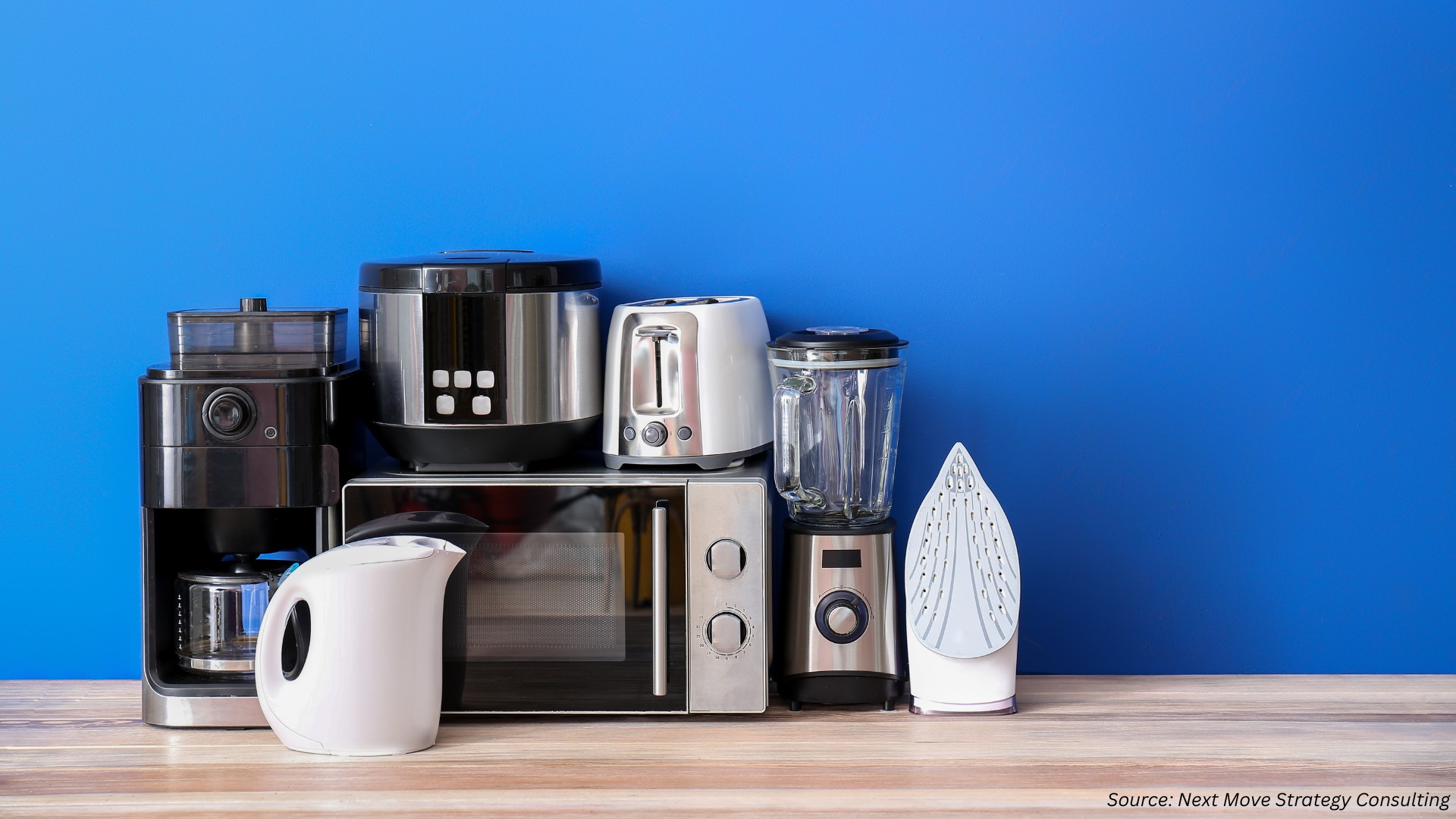
Smart Fabrics Market by Type (Passive Smart Fabric, Active Smart Fabric, and Ultra-Smart Fabric), by Function (Sensing, Energy Harvesting, Thermo-electricity, Luminescence & Aesthetics, and Others), and by End User (Healthcare, Military & Defense, Entertainment, Automotive, Sport & Fitness, and Others) – Global Opportunity Analysis and Industry Forecast, 2024–2030
Market Definition:
The global Smart Fabrics Market size was valued at USD 5.00 billion in 2023, and is predicted to reach USD 22.72 billion by 2030, with a CAGR of 24.2% from 2024 to 2030. Smart fabrics, also known as smart textiles or e-textiles, are materials that incorporate advanced technologies to provide various functionalities beyond the traditional capabilities of textiles. It encompasses developing and distributing textiles that integrate advanced technologies and functionalities.
Companies in the smart fabric market are at the forefront of innovation, working to seamlessly incorporate sensors, conductive materials, microelectronics, and other cutting-edge components into textiles. These technological integrations empower fabrics to sense their environment, process data, and respond to external stimuli or user interactions, making them exceptionally versatile for many applications.
Market Dynamics and Trends
The increasing popularity of wearable devices, including smartwatches and fitness trackers, drives the demand for fabrics with integrated sensors and electronics. For instance, the number of wearable devices used in healthcare is expected to reach nearly 440 million units by 2024. As new products are released, more healthcare providers adopt them. This includes smartwatches, which are the most popular type of wearable device in healthcare.
Furthermore, the increasing emphasis on health and fitness is fueling the smart fabric market demand for smart textiles designed to record physical activity, monitor vital signs and offer health-related insights. This, in turn, fuels the market growth. According to the latest report by Global Wellness Economy, the wellness economy will return to its robust growth with 9.9% average annual growth, and the wellness economy reaching nearly USD 7.0 trillion by 2025.
In addition, the adoption of this advanced technology in the military and defense sector for applications such as camouflage, monitoring soldier health, and providing situational awareness thrives the market growth. For instance, in September 2022, Pincroft launched a camouflage pattern for the Dutch military as part of a program to supply all military personnel with new combat clothing and equipment. The fabric, made of 50% cotton and 50% high-tenacity nylon, is lightweight and durable.
However, the high production cost along with the complex manufacturing methods are expected to restrain the growth of the smart fabric market during the forecast period. On the contrary, growing advancements in nanotechnology and micro-fabrication technologies produce electronic components such as smart sensors and batteries. These electronic components emphasize on cost-effectiveness, comfort, wearability, energy conversion efficiency, and eco-sustainability. These factors are expected to create ample growth opportunities for the market in the coming years.
Market Segmentations and Scope of the Study
The smart fabrics market share is segmented based on type, function, end user, and region. Based on type, the market is classified into passive smart fabric, active smart fabric, and ultra-smart fabric. Based on function, the market is segmented into sensing, energy harvesting, thermo-electricity, luminescence & aesthetics, and others.
Based on end user, the market is categorized into healthcare, military & defense, entertainment, automotive, sport & fitness, and others. The regional breakdown and analysis of each of the aforesaid segments include regions, such as North America, Europe, Asia-Pacific, and the rest of the world (RoW).
Geographical Analysis
North America currently holds the dominant share of the smart fabrics market, and is expected to continue its dominance during the forecast period. The increasing government initiatives aimed at advancing smart fabric technology, driven by strong demand from a diverse range of sectors including civilian, military, and law enforcement, are propelling the growth of the market.
For instance, in July 2022, the U.S. Intelligence Advanced Research Projects Activity (IARPA) introduced the SMART ePANTS project to use surveillance technology such as cameras, microphones, and location sensors in clothing.. This innovation holds promise for various applications in the civilian, military, and law enforcement sectors. Through the seamless integration of these devices into clothing, intelligence community members will be able to effortlessly capture environmental data without needing to use their hands. This development holds significant implications for the smart fabrics market as it introduces innovative applications for wearable technology in intelligence and surveillance.
Also, the presence of major key players such as DuPont, Jabil, Sensoria, and Gentherm, which are adopting various acquisitions and launches in this region to expand their market presence, boosts the market growth. For instance, in February 2021, DuPont acquired Tex Tech's Core Matrix Technology, a fabric technology that reduces backface trauma and boosts ballistic performance for military and law enforcement. This acquisition strengthens DuPont's life protection solutions and aligns with the smart fabrics market's demand for advanced and high-performance materials.
On the other hand, Asia-Pacific is expected to show a steady rise in the smart fabrics market, due to the growing research and development in smart fabrics by prominent universities in this region to fuel the advancement in the field of wearable technology. For instance, in March 2021, Chinese scientists from Fudan University launched illuminating fabric capable of displaying text. The material integrates micro-LEDs, enabling it to showcase text and simple patterns. This breakthrough has potential applications in fashion, advertising, and communication.
Moreover, the integration of this technology in crucial sectors such as healthcare and fashion lead to checking of vital signs or noticing changes in color, temperature, or shape in response to the wearer's environment. This is creating a positive demand for the market growth in this region. For instance, in January 2023, researchers from a Japanese university launched microelectronic fiber. This development represents a significant stride in the integration of electronics within textiles. The microelectronic fiber holds promise for applications in various industries, including healthcare and fashion.
Competitive Landscape
Various market players operating in the smart fabrics industry include DuPont de Nemours, Inc., Schoeller Textiles AG, Jabil, Inc., AIQ Smart Clothing, Sensoria, Inc., Gentherm Incorporated, Interactive Wear AG, Koninklijke Ten Cate NV, Nextiles, Inc., Hexoskin, Inc., and others. These market players are adopting various strategies such as product launches and business innovation across various regions to maintain their dominance in the smart fabrics market.
For instance, in December 2021, Hexoskin introduced Astroskin, a smart system designed for conducting research studies related to microgravity, chronic pain, and sleep disruptions. This advanced garment includes a portable pulse oximeter for ongoing monitoring of blood oxygen levels and blood pressure. It also features a three-axis activity sensor for tracking physical activity, a skin temperature sensor, and sleep patterns.
For instance, in May 2021, Nextiles, Inc. introduced innovative smart thread technology tailored to capture biometric and biomechanical data. The company combines conventional sewing methods with printed circuit boards to craft flexible materials, embedding sensors (including those used in everyday sportswear) directly into fabrics. Nextiles' fabrics enable the comprehensive collection of biomechanical and biometric data through a single unified platform. This advancement aligns with the growing demand for integrated smart fabric solutions in various applications.
Key Benefits
-
The report provides a quantitative analysis and estimations of the smart fabric market from 2024 to 2030, which assists in identifying the prevailing market opportunities.
-
The study comprises a deep dive analysis of the current and future smart fabric market trends to depict prevalent investment pockets in the market.
-
Information related to key drivers, restraints, and opportunities and their impact on the smart fabric market is provided in the report.
-
Competitive analysis of the key players, along with their market share is provided in the report.
-
A SWOT analysis and a Porter's Five Forces model is elaborated on in the study.
-
Value chain analysis in the market study provides a clear picture of the roles of stakeholders.
Smart Fabric Market Key Segments
By Type
-
Passive Smart Fabric
-
Active Smart Fabric
-
Ultra-Smart Fabric
By Function
-
Sensing
-
Energy Harvesting
-
Thermo-electricity
-
Luminescence & Aesthetics
-
Others
By End User
-
Healthcare
-
Military & Defense
-
Entertainment
-
Automotive
-
Sport & Fitness
-
Others
By Region
-
North America
-
The U.S.
-
Canada
-
Mexico
-
-
Europe
-
The U.K.
-
Germany
-
France
-
Italy
-
Spain
-
Denmark
-
Netherlands
-
Finland
-
Sweden
-
Norway
-
Russia
-
Rest of Europe
-
-
Asia-Pacific
-
China
-
Japan
-
India
-
South Korea
-
Australia
-
Indonesia
-
Singapore
-
Taiwan
-
Thailand
-
Rest of Asia Pacific
-
-
RoW
-
Latin America
-
Middle East
-
Africa
-
Key Players
-
DuPont de Nemours, Inc.
-
Schoeller Textiles AG
-
Jabil, Inc.
-
AIQ Smart Clothing
-
Sensoria, Inc.
-
Gentherm Incorporated
-
Interactive Wear AG
-
Koninklijke Ten Cate NV
-
Nextiles, Inc.
-
Hexoskin, Inc.
REPORT SCOPE AND SEGMENTATION:
|
Parameters |
Details |
|
Market Size in 2023 |
USD 5.00 Billion |
|
Revenue Forecast in 2030 |
USD 22.72 Billion |
|
Revenue Growth Rate |
CAGR of 24.2% from 2024 to 2030 |
|
Analysis Period |
2023–2030 |
|
Base Year Considered |
2023 |
|
Forecast Period |
2024–2030 |
|
Market Size Estimation |
Billion (USD) |
|
Growth Factors |
Increasing popularity of wearable devices including smartwatches and fitness trackers Growing health awareness among individuals Adoption of advanced technology in the military and defense sector |
|
Countries Covered |
28 |
|
Companies Profiled |
10 |
|
Market Share |
Available for 10 companies |
|
Customization Scope |
Free customization (equivalent up to 80 working hours of analysts) after purchase. Addition or alteration to country, regional, and segment scope. |
|
Pricing and Purchase Options |
Avail customized purchase options to meet your exact research needs. |




















 Speak to Our Analyst
Speak to Our Analyst

























